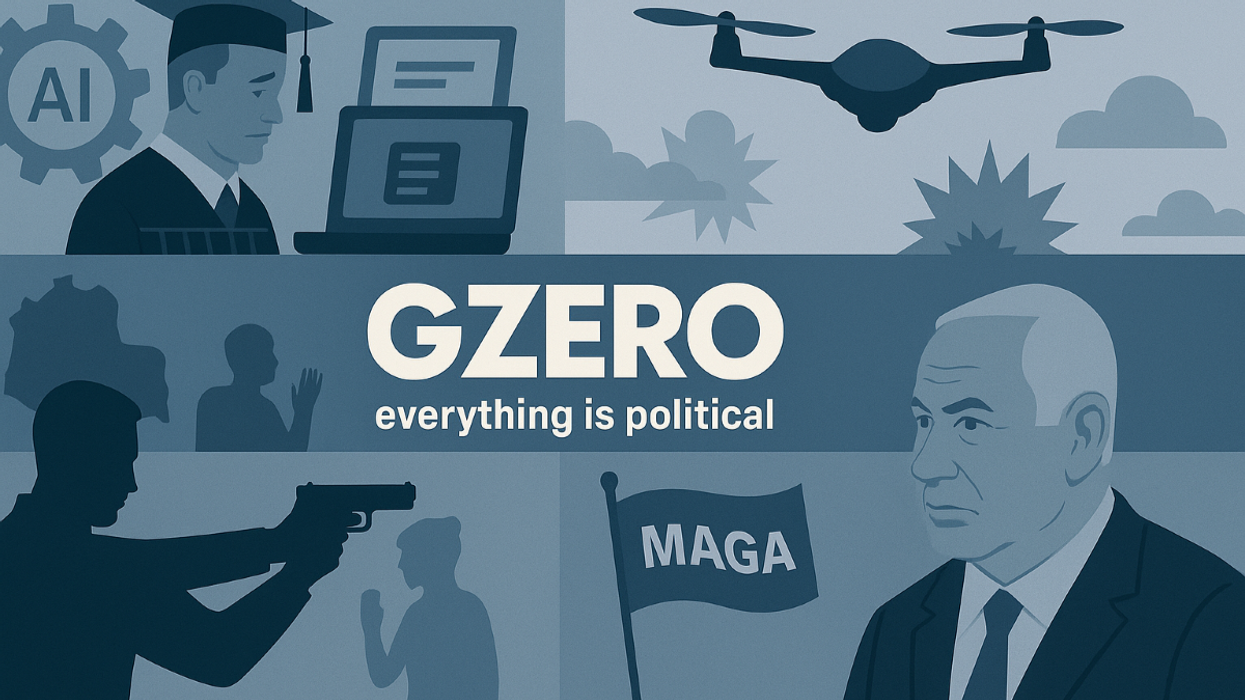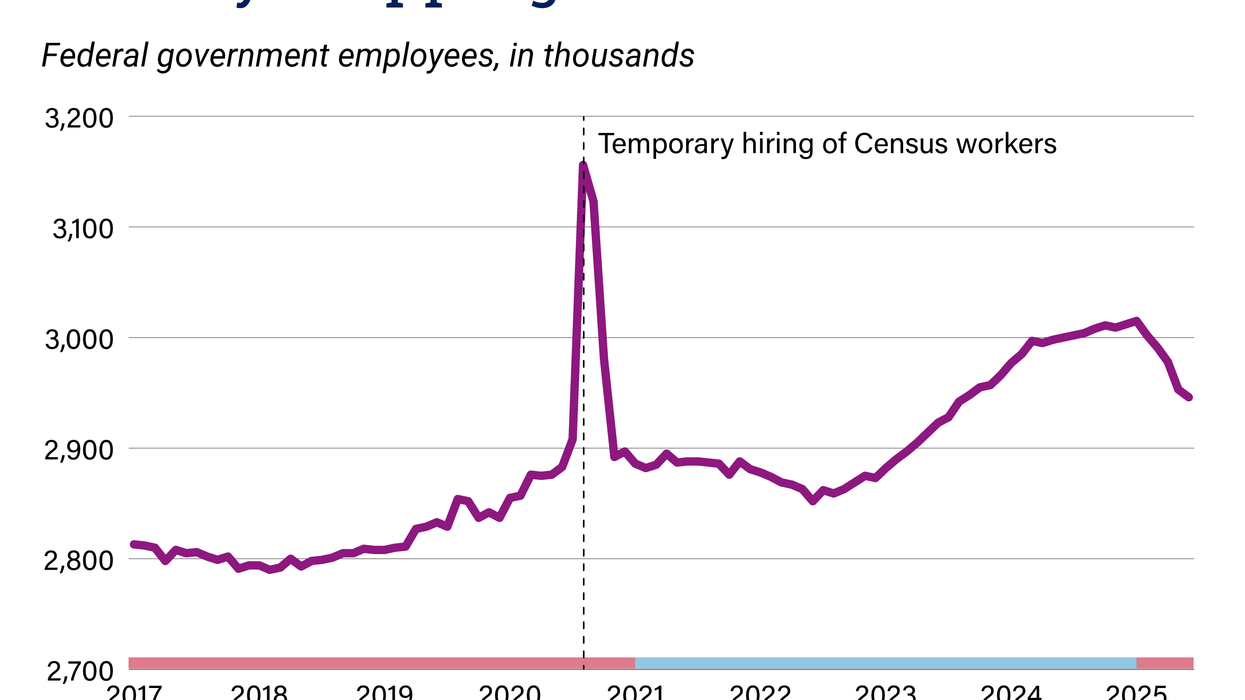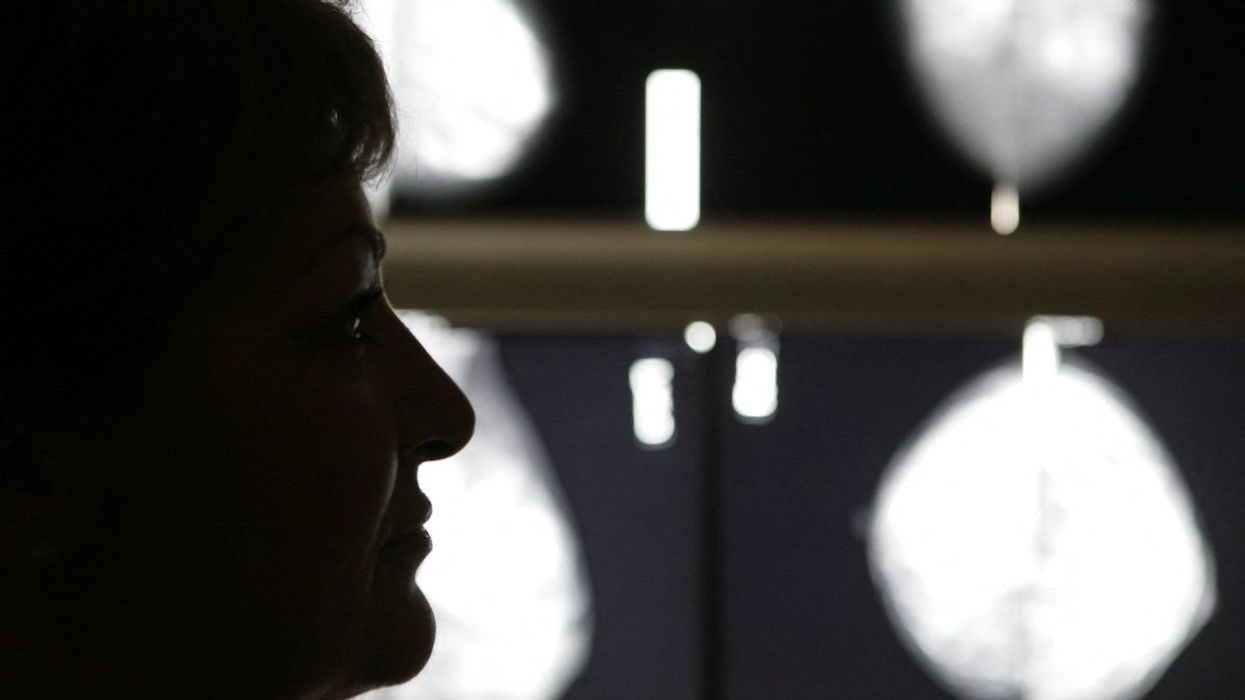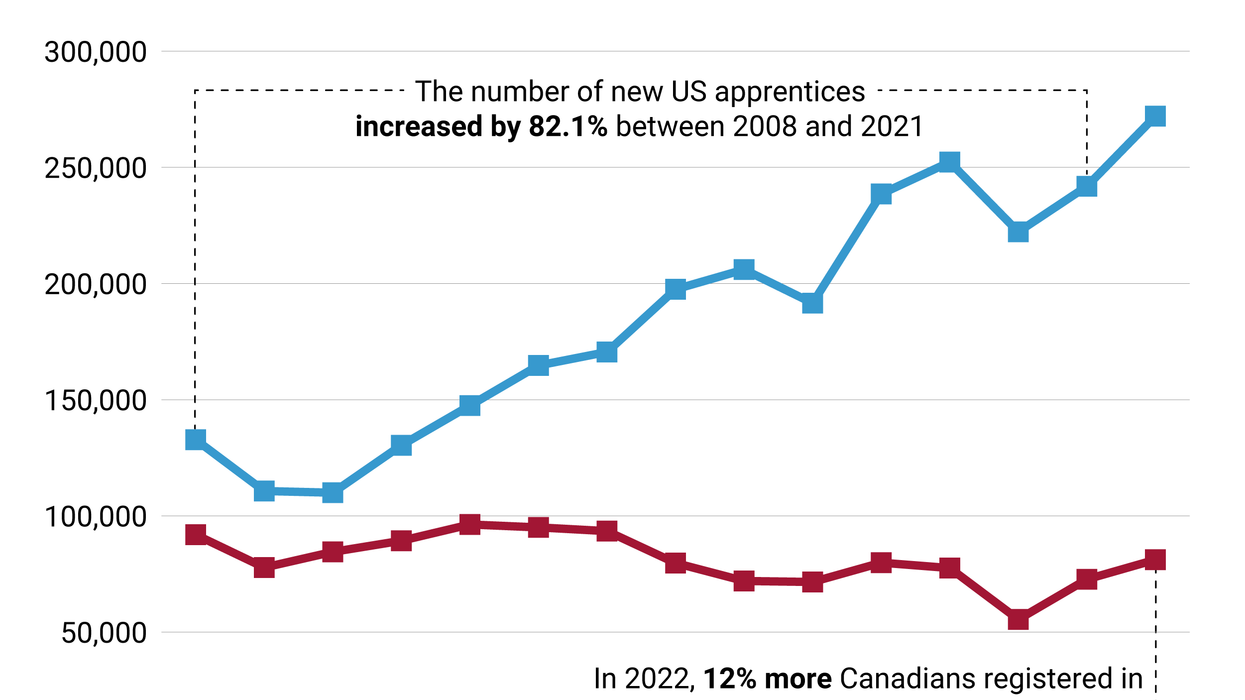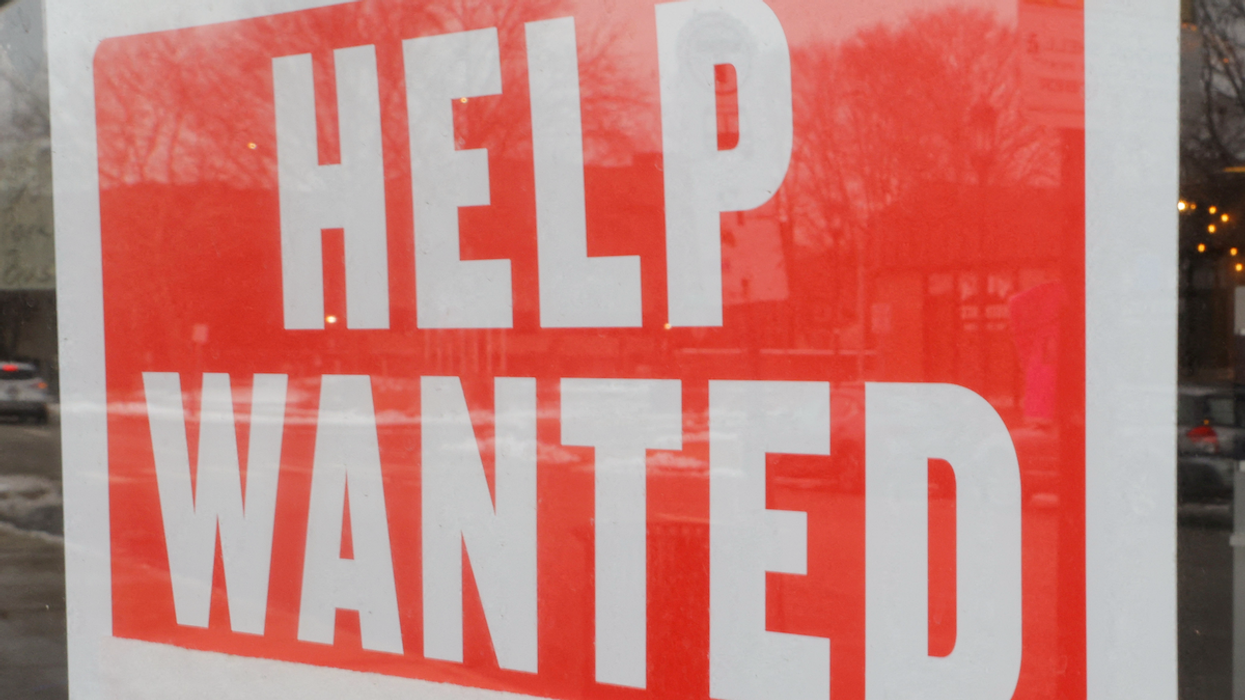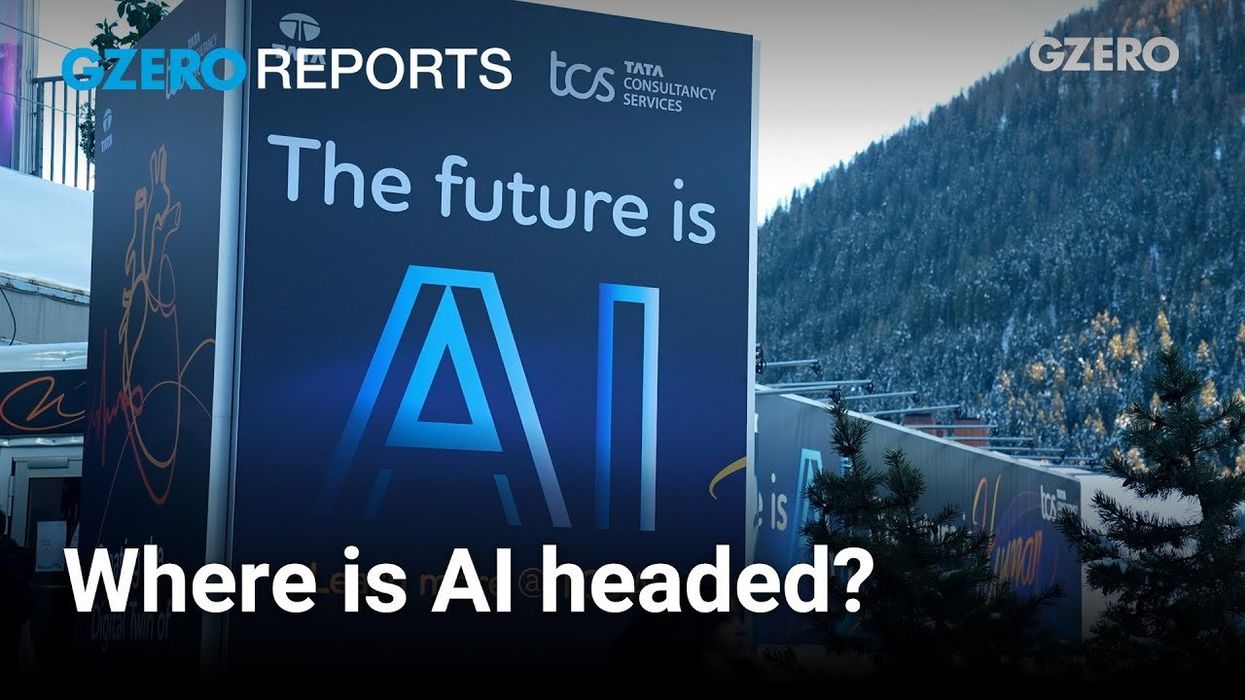GZERO World with Ian Bremmer
'Godfather of AI' warns of existential risks
Geoffrey Hinton, the ‘Godfather of AI’ tells Ian Bremmer on GZERO World AI will soon outpace human intelligence and warns the technology could wipe out jobs… and humanity itself.
Dec 08, 2025



